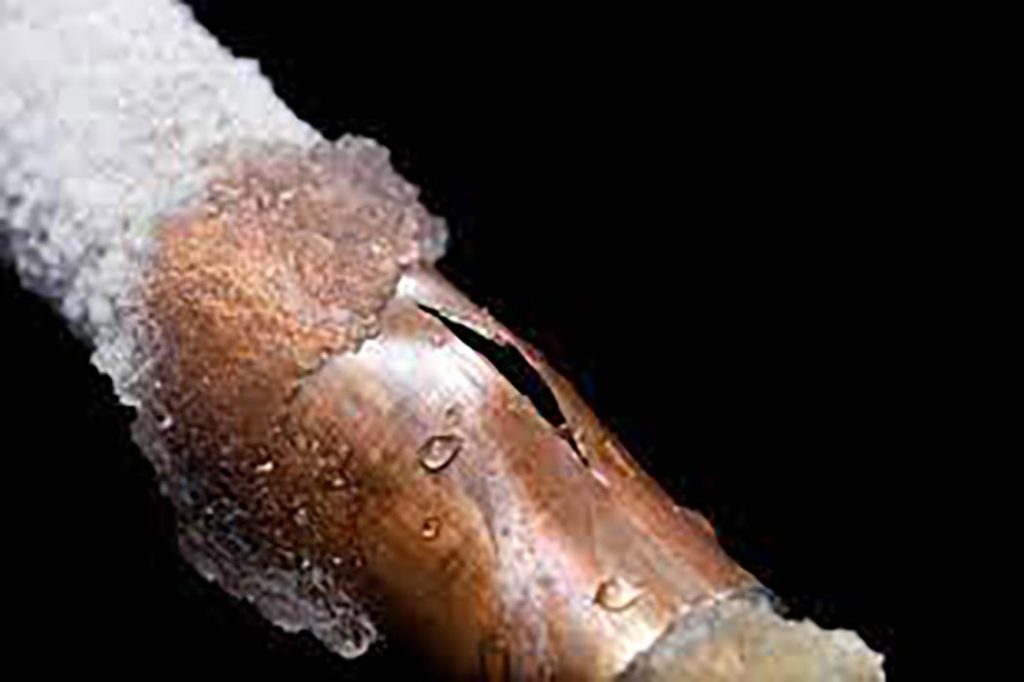
In colder climates, pipes, hoses, and water lines experience temperatures that cause them to freeze. Following freezing, water solidifies and expands beyond the usual level. Such expansions can rupture the pipes and cause water damage to your property, explains AIM Real Estate Management, Inc.
However, heat tapes can protect your water lines from experiencing this issue. Although some people insulate their pipes, it may not offer adequate protection if the temperature gets below zero degrees Celsius or when the cold climate lasts for a long time. The best way to protect your pipes in such cases is by using heat tape or heat cables.
How the heat tape works on water pipes
Heat tapes are electric-based devices that produce heat. Installing them close to your water lines helps prevent frozen pipes. We do not recommend using heat tapes on ceilings, interior walls, or floors. Instead, use them on exposed pipes and exterior surfaces.
To prevent overheating, apply them to the pipe’s insulation instead of covering the heat tape with insulation. If you use them properly, your heat tapes can last for three years or more.
Some homeowners have concerns about the electrical consumption of heat tapes. According to an energy auditor, a standard heat tape’s energy intensity is between 6 to 9 watts per foot per hour. That means you may spend about $41 to $62 per month for a 100-foot or heat tape operating 24 hours a day. It also depends on your electricity provider.
Types of heat tapes
Thermostat-controlled heat tapes
Thermostat-controlled heat tapes come with a different kit that contains a thermostat to help regulate the temperature. They are available in various lengths with a pre-installed thermostat and plug. You can purchase them by roll or foot. Depending on the sizes of your water lines, you may customize your thermostat-controlled heat tapes accordingly.
Self-regulating heat tapes
As the name implies, self-regulating heat tapes automatically regulate the heat it emits depending on changes in the environmental temperature. When temperatures are lower enough to freeze pipes, it increases the heat. Conversely, it will not produce heat if the surrounding temperature is above freezing.
You can purchase them in various lengths as kits. They may come by the roll or by foot. When you buy them as kits, they come with an end plug. If you go for the custom fit, you will need a connection kit, an end plug, and an outlet.
Things to consider when buying heat tapes
The heat tape you use should depend on the nature of your project. For this reason, below are some crucial things to consider.
Assess the length of your pipes
Know your pipes’ length before buying the heat tapes. Doing so will help you get enough heat tape to cover your pipe and avoid wastage. The size of your heat tape will also depend on the fashion you intend to use in heating the pipes. Spiral patterns require heat tapes that are far longer than the pipes.
Heat tapes in kit form
For first-time users and people who intend to do it themselves, you may want to consider going for a heat tape kit instead of raw or custom heat tape. The kits come in variable lengths from 3 to 100 feet with end plugs for connections already attached.
Check the specifications
It is advisable to read the specifications. Doing so will ensure that the heat tape you intend to use will serve the appropriate purpose. Going over the specifications will let you know if it has a built-in thermostat, power indicator light, and other features. In addition, it will provide valuable information concerning usage, such as if you can use them on metal or plastic water lines.
It is necessary to know that heat tapes for plumbing pipes and roofs appear similar. However, you can not use them interchangeably. When you read the specification, you will know the appropriate one for your pipes.
Why you need an expert to install your heat tapes
Although some people believe it is easy to install heat tapes and they should do it themselves, there are specific situations when you need local plumbers to handle the job. You will need an expert if the surface you intend to cover is large and has odd angles.
Also, different heat tapes have specifications on how to apply them. Some must be applied in a spiral fashion or under the pipes. Others may or may not require overlapping. A professional plumber will know the best way and pattern to install your heat tapes.
We also recommended using the ground fault circuit interrupter (GFCI) outlet that can cut off the electrical supply during power spikes.
The bottom line
It is essential to remember that electricity and water do not mix. Always apply caution when installing heat tapes. Hiring a plumber will enable you to observe all the safety measures to prevent frozen pipes on your property.
